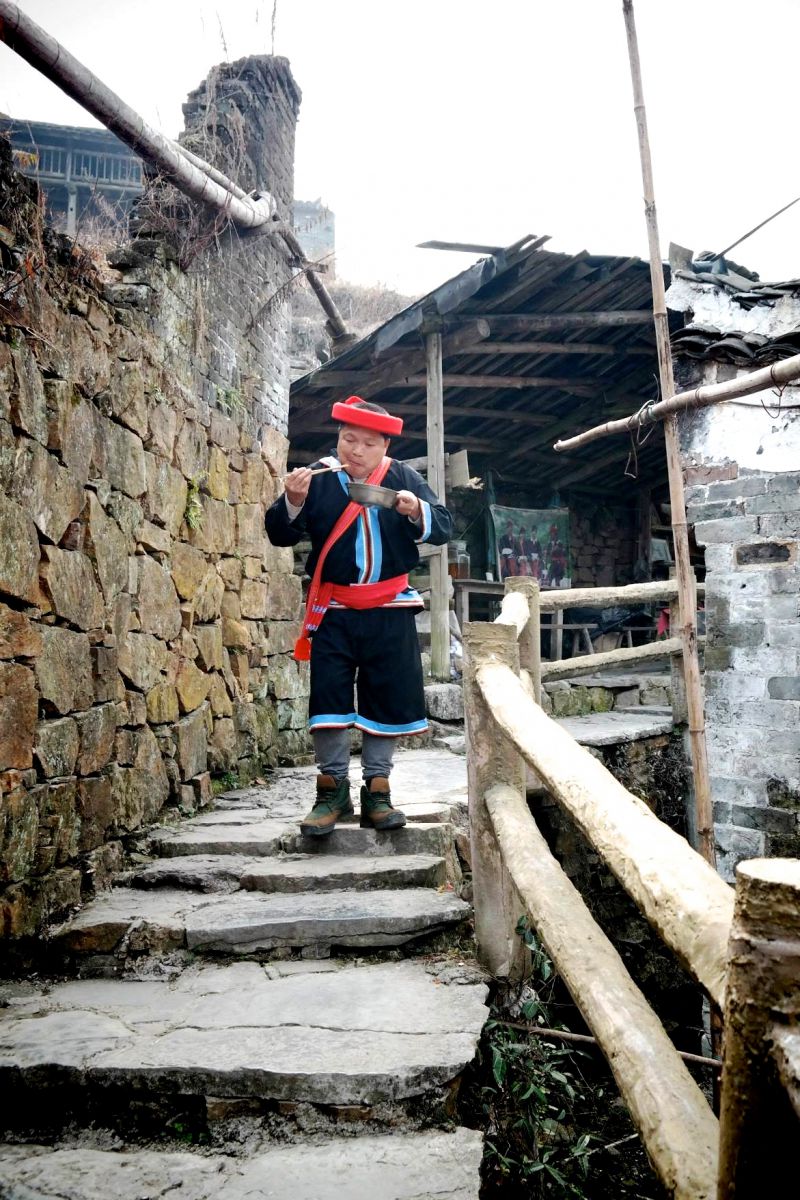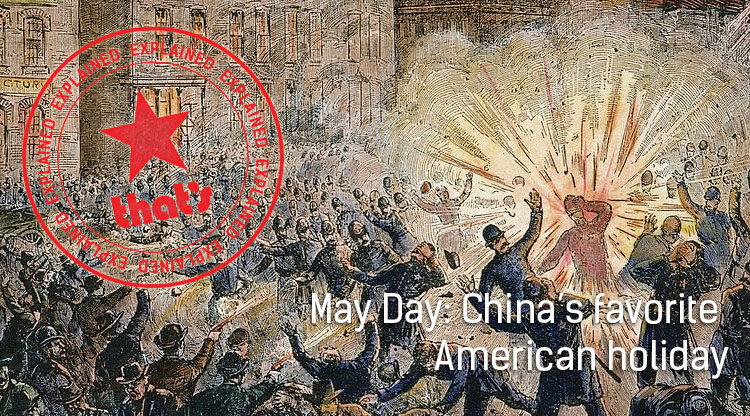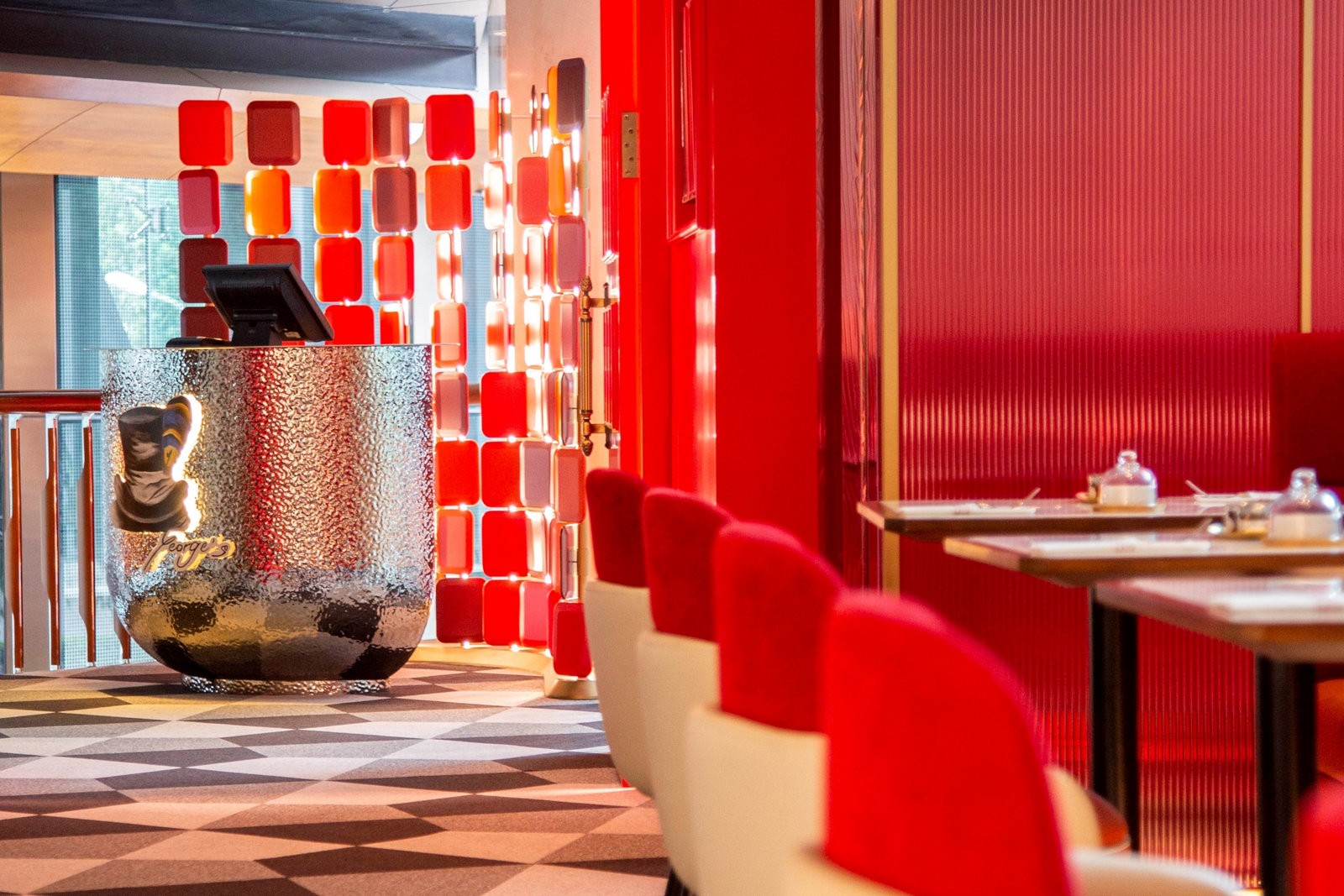Taken at face value and in everyday clothes, even a seasoned Guangzhouer would struggle to differentiate between modern Yao and Han Chinese, yet the official line of demarcation remains. Despite being the largest ethnic minority in Guangdong and boasting a population comparable to Chicago’s, the Yao have historically remained absent from all social, economic and political interactions in the region. Today, however, many of these once brightly clad mountaineers have abandoned their smog-free villages to seek opportunities in neighboring cities, marking the first major Yao assimilation in history. We decided to untangle what’s true from what’s false regarding this people and their culture.
The Yao are a clearly defined, homogenous group.
False. China’s 55 ethnic minorities are sometimes lumped together, but for as many differences as there are between ethnic classifications, there are often even more variations within each individual group. Initially distinguished only as the ‘other’ during conflicts of power with Han Chinese, the Yao were soon labeled barbarians and forced to live away from society in mountainous regions. Over time, continuous uprisings, consequential isolation and shared experiences helped shape the Yao into the (somewhat) solidified body they are today.
They are rebels… in the best sense.
True. The Yao’s rebellious disposition has always come with the territory. As early as A.D. 220, the Shiji – one of the first official histories of China – described a group of southern barbarians characterized by a tradition of sustained resistance to imperial regimes. Later historical texts stress that the Yao “refused to be seduced by the lure of the superior, lowland Han culture, which meant paying taxes and providing corvee [unpaid] labor.” But really, who would work for free?

They consider themselves ‘dog-men.’
False – sort of. Classic fifth century Chinese text The History of the Later Han recounts the myth of Pan Hu, a divine dog that married an emperor’s daughter and subsequently fathered a new species of ‘dog-men.’ To this day, some Yao still consider the legend to be a valid origin story, though most simply honor the canine for its admirable role in other popular legends.
It is merely coincidence, however, that the Chinese character 猺 – depicting a ‘dog’ or ‘beast’ radical – was once the word for ‘Yao.’ Instead of reflecting the Yao’s mythical origin, it was actually a graphically pejorative ideogram used by Han Chinese as an ethnic slur. The character was later replaced with a human radical (傜) and then an even more favorable jade radical (瑶) in the 1950s as part of the PRC’s attempt to glorify Chinese ethnic minorities.
 They have a Guinness world record.
They have a Guinness world record.
True. The Hongyao (Red Yao) women in Huangluo Village, Guangxi, earned a Guinness record in 2010 for comprising the “world’s first long-hair village.” Their endless locks, which average 1.7 meters, are traditionally cut only once, at the age of 16. The hair is then gifted to the groom on a couple’s wedding day and later becomes part of a woman’s everyday hairdo.
Made of three bunches – the hair that was cut at 16, hair that is still attached and growing, and strings of fallen hair that are collected each day – a woman’s headdress indicates both her social and marital status. Married women without kids wrap hair around their heads in a spiral, while those with children tie a small bun at the front. Single women looking for love usually sport a bandana, leaving much to the imagination.
They have a secret language solely for women.
True, though it’s rarely practiced today. Known as Nüshu, or ‘women’s writing,’ the script first emerged in Jiangyong County, Hunan. In traditional China, unequal access to education often left girls and women illiterate, forcing them to find alternative ways to communicate. Unlike standard written Chinese, Nüshu is purely phonetic, with about 600 characters that represent different syllables in a word. Some Nüshu characters actually take the mirror image of an original Chinese ideogram and reduce the number of strokes (we don’t blame them). Featured in Lisa See’s novel Snow Flower and the Secret Fan, the script was used in poems and letters between sworn sisters, embroidered onto clothing or everyday items.
They never take commercial medicine.
True. Perched on mountaintops far from civilization, the Yao learned to develop their own medical practices early on. Families passed down knowledge of the therapeutic properties of wild plants and herbs, which were used to heal common diseases. After boiling the plants in water, the Yao would pour the resulting tonic into a large barrel and bathe in it. These medicinal baths soon became a trademark prescription of Yao doctors, who are estimated to advise patients in over 190 different treatments using 30 herbs to treat almost 50 diseases.
Said to stimulate circulation, encourage muscle relaxation, eliminate fatigue and strengthen one’s immune system, the baths are also believed to treat rheumatic fever, typhoid fever, and gynecological and skin diseases. Packages of Yao bath tonic have been spotted on Taobao (search 瑶族泡药包), but proceed at your own risk.
// Visit the Thousand Year Yao Village (千年瑶寨) in Liannan County, northern Guangdong, to view one of the oldest functioning Yao settlements. Open daily 9am-6pm, admission RMB50. Qian Nian Yao Zhai, Chengxi Nan, Liannan County, Qingyuan 清远市连南县城西南千年瑶寨 (3481 9783, www.chinayaozhai.com)

















0 User Comments